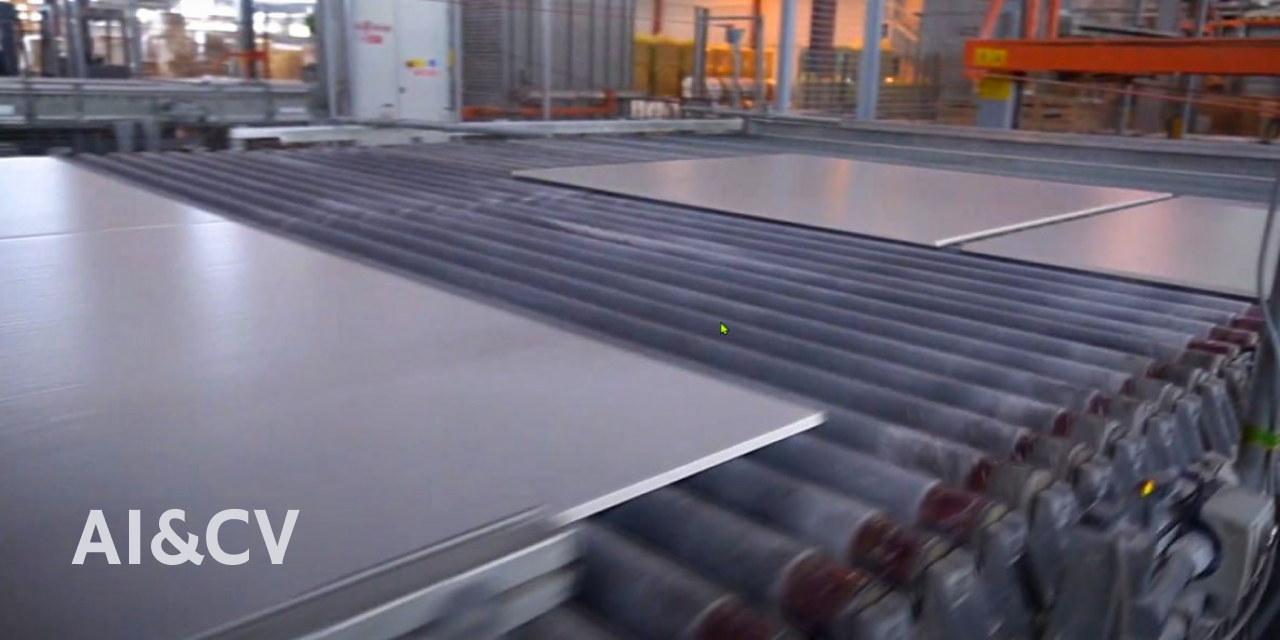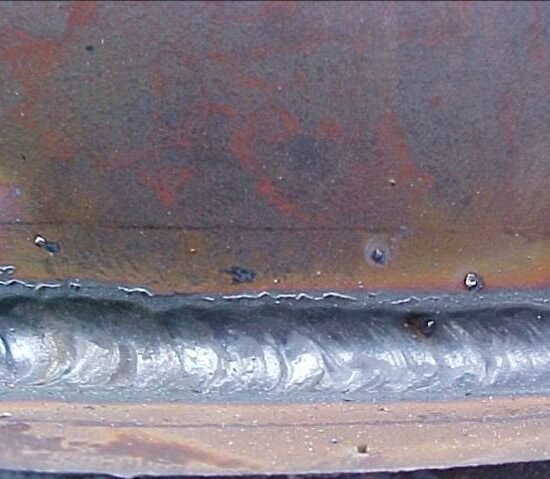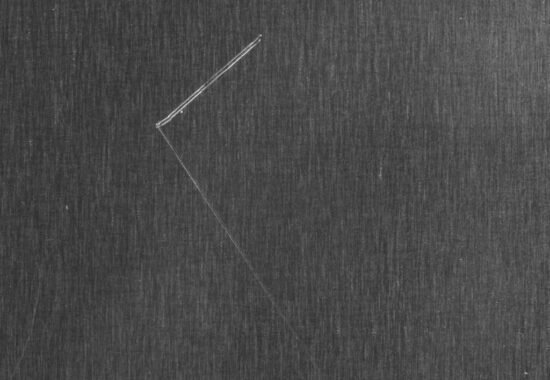LeadsGen is an advanced solution designed to optimize lead management and client communication processes through intelligent automation.
Revolution in Metallurgy: AI Guarding Quality

The metallurgical industry supplies materials for different sectors, including manufacturing, construction, and infrastructure development. Making high-quality steel and alloys requires precise quality control measures to meet the required standards. However, conventional quality control methods are typically performed manually, leading to higher costs and delays in production.
Thankfully, automated defect detection has been made possible in the metallurgical industry thanks to the development of artificial intelligence (AI) technology. Images and data from different stages of the manufacturing process may be evaluated with AI-powered systems that use computer vision and machine learning algorithms to find flaws and abnormalities that human operators would find difficult to spot.
Large metallurgical manufacturers are increasingly adopting AI-based quality control systems to improve product quality and reduce production costs. These systems can detect defects such as cracks, porosity, and uneven surfaces and measure dimensional accuracy, surface finish, and other critical parameters. By seeing these defects early in production, manufacturers can take corrective actions to avoid scrap and rework, improving their efficiency and profitability.
Critical steps for developing a defect detection algorithm
The first step in creating an algorithm for defect detection using machine vision is to collect a dataset of images or videos of the object or product you want to inspect for defects. The dataset should include pictures of both good and defective products, and each image should be labeled to indicate whether it is good or bad.
Secondly, it is essential to prepare the data: resize the images or apply other transformations to ensure they are all the same size and format, enhance their quality or remove any noise or artifacts that could interfere with the algorithm’s ability to detect defects. Finally, use the labeling tool to annotate each image with the appropriate defect labels. This can be done by drawing bounding boxes around the defects or using other annotation techniques.
When you have prepared your labeled dataset, the next step is choosing a machine-learning model appropriate for your problem. For example, convolutional neural networks (CNNs) are commonly used in defect detection using machine vision. After selecting a model, it needs to train it using a labeled dataset. The training aims to teach the model to classify new images as excellent or defective accurately. During training, the model will adjust its internal parameters to minimize the difference between its predicted output and the actual labels in the dataset. Training the model typically involves multiple iterations or epochs. The number of periods required to train a model depends on the problem’s complexity and the size of the dataset.
After training the model, testing it using a separate dataset not used in training is vital. This will help to evaluate algorithm performance and identify areas to improve. The model’s accuracy will be measured during testing by comparing its predicted output to the actual labels in the test dataset. Refining the model by adjusting its architecture, hyperparameters, or training data may be necessary to improve its accuracy.
The final stage involves implementing the algorithm into a live setting to identify any defects as they happen. This requires incorporating the algorithm into a system to acquire images or videos of the inspected object and use the trained model to process them instantly.
To develop a machine vision algorithm for defect detection, one needs proficiency in computer vision, image processing, and machine learning. Additionally, conducting thorough testing and refining the algorithm is crucial to ensure it can precisely detect defects while minimizing false positives.
Sample use cases
The metallurgical industry is adopting AI solutions to improve operations and address challenges in maintaining consistent product quality while optimizing production efficiency and cost. This chapter will be explored some practical use cases of AI in the metallurgical industry.
Welding defect detection: Welding is a critical process in producing metal products (see Photo 1). However, defects such as porosity, cracks, and incomplete penetration can affect the strength and durability of the welded joint. AI-based systems can analyze images of the weld and detect any defects or anomalies, enabling early detection and corrective action.

Surface quality analysis (see Photo 2). The surface finish of metal products can affect their performance and appearance. AI-powered systems can analyze surface-quality images and detect defects like scratches, pits, or other imperfections. This can help manufacturers improve the quality of their products and reduce rework.

Dimensional accuracy measurement (see Photo 3). Precision is essential in the metallurgical industry, where even slight deviations from the required specifications can affect the final product’s performance. AI-based systems can measure dimensional accuracy and detect variations from necessary tolerances, enabling corrective action before the product is completed.

Quality assurance in high-speed production lines: In high-speed production lines, detecting defects in real-time can be challenging. AI-based systems can analyze images and data from sensors and cameras in real time and see any flaws or anomalies, enabling corrective action to be taken immediately.
For example, from our practice detection of Steel Defects at Cutting Units. A solution has been developed to accelerate the detection of defects in the steel processing process at the cutting unit; see Photo 4. Due to the high speed of the process, it was difficult for the customer to spot defects with the naked eye. This resulted in defects and problems in subsequent stages of production.

To solve this problem, a computer vision system was used with a matrix black, and white machine vision camera mounted above the steel strip in a unique shadow hood. With the help of algorithms based on Machine Vision and Artificial Intelligence, defects were detected, allowing them to be timely identified and eliminated during the cutting unit processing stage.
The results of using the computer vision system at the cutting unit were impressive: the solution allows the operator to quickly obtain information about the presence of defects on the surface of the steel during the processing stage at the cutting unit. As a result, the number of detected defects decreased dramatically, leading to an increase in production efficiency. Moreover, using the computer vision system significantly improved the quality of the finished product, positively impacting customer satisfaction.
Conclusion
In conclusion, automation of defect identification and increased product quality are two ways artificial intelligence is revolutionizing the metallurgical business. The biggest metallurgical companies increasingly implement AI-based quality control systems to lower production costs and boost productivity. Soon, we anticipate even more cutting-edge uses for AI technology as it develops in the metallurgical and other manufacturing industries.
____________________________________
Edited by Dr. Ilya Kalagin
Our Partners
Key Milestones
january 15, 2025
january 04, 2025
© Smart Forge Lab 2025 | All Rights Reserved